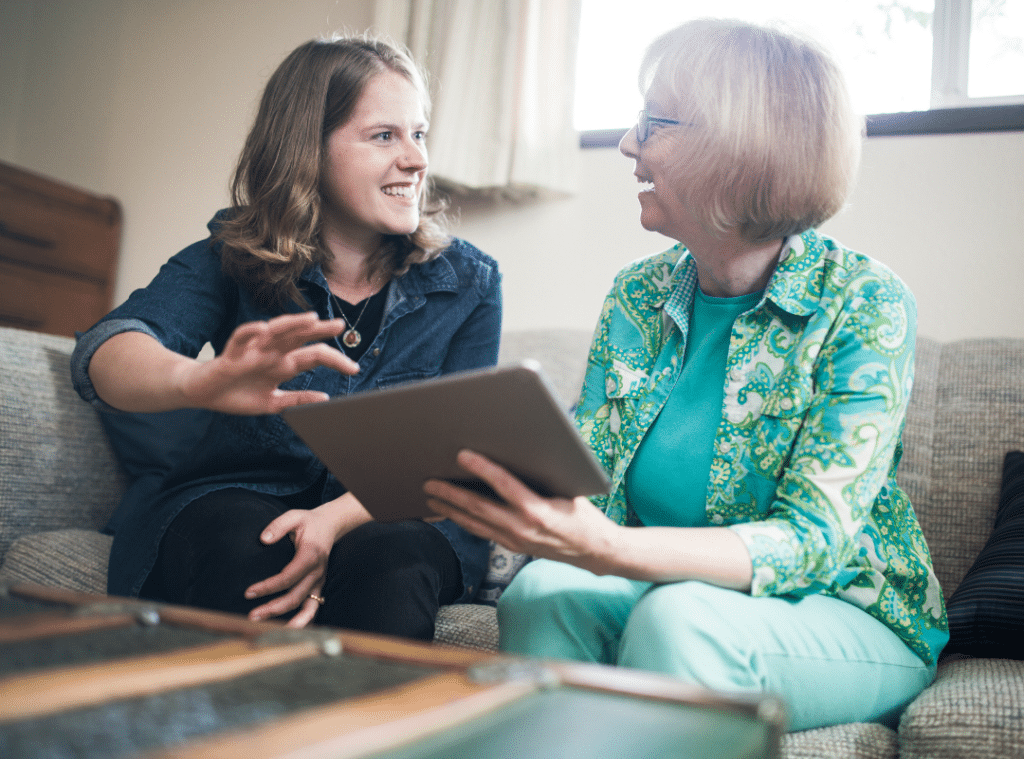Senior Living Technology: Innovations Making Aging Easier Today
While the challenges of aging can feel overwhelming, technology is quietly transforming how seniors experience this phase of life. At Westmont of Chico, you might be surprised to learn that innovations like telehealth and smart home systems are not just conveniences but essential tools that enhance independence and safety. These advancements provide seniors with greater control over their health and living environments, yet they also raise questions about accessibility and adoption. What does this mean for the future of senior care at Westmont of Chico, and how can these technologies truly bridge the gap between independence and support?
Importance of Assisted Living Technology
The significance of assisted living technology can’t be overstated, especially as the senior population continues to grow. As caregivers and family members, you want to guarantee that seniors maintain their independence while receiving the support they need.
Senior care technology plays a crucial role in achieving this balance. These advancements promote safety and enhance everyday living, allowing seniors to thrive in their environments.
Implementing assisted living technology can reduce caregiver burdens through automation, guaranteeing that staff can focus on providing quality care. Enhanced communication tools bridge the gap between residents and their loved ones, fostering connections that combat isolation.
Remote monitoring systems allow for proactive health management, giving you peace of mind that seniors are being looked after, even from a distance. Additionally, technology integration helps streamline care processes, ensuring that residents receive personalized care plans tailored to their unique needs.
Moreover, as the demand for senior care facilities rises, technology helps streamline operations and improve workflow, making it easier for caregivers to prioritize individual needs.
Embracing these innovations not only enriches the lives of seniors but also empowers you as a caregiver to provide compassionate, effective support.

Types of Assisted Living Technologies
A wide array of assisted living technologies is transforming how seniors receive care and support in their daily lives. Senior living technology solutions enhance safety, promote independence, and improve overall quality of life. Here are some key types of technologies making an impact:
| Technology Type | Purpose | Example Use |
| Personal Emergency Response Systems (PERS) | Provides immediate assistance in emergencies | Senior wears a pendant to call for help |
| Medication Management Tools | Reminds seniors to take medications | Automated pill dispensers |
| Smart Home Devices | Automates home environments for safety | Voice-activated lights and thermostats |
| Telehealth Platforms | Enables virtual consultations | Video calls with healthcare providers |
These technologies reduce caregiver burdens and foster communication between residents and families. By integrating these solutions into senior care, you’re helping to create a supportive environment where seniors can thrive. Embracing these innovations guarantees that seniors maintain their independence while receiving the care they need. Additionally, health-monitoring gadgets empower seniors to proactively manage their health and well-being.

Advantages of Technology in Care
Technology in senior care offers incredible advantages that can truly enhance your quality of life.
With improved communication tools, you can stay connected with loved ones, reducing feelings of isolation.
These advancements promote independence, allowing you to manage daily activities more easily and confidently. Additionally, smart home tech provides increased safety and control, ensuring a more secure living environment.
Enhanced Communication Tools
Imagine being able to connect instantly with loved ones or healthcare providers, no matter where you are. Enhanced communication tools make this possible, transforming how seniors interact with the world.
Here are three key advantages of senior living engagement technology:
- Real-Time Connectivity: Video calls and messaging apps allow seniors to maintain relationships, reducing feelings of isolation.
- Access to Healthcare: Telehealth platforms enable quick consultations, ensuring seniors receive timely medical advice without traveling.
- Community Engagement: Online activities encourage socialization among residents, fostering a sense of belonging.
These tools aren’t just about convenience; they notably improve quality of life. Seniors feel more supported and engaged by facilitating connections with family and friends. Additionally, these enhanced communication technologies can coordinate personalized care plans more effectively.
Furthermore, healthcare providers benefit from streamlined communication, allowing for better care coordination.
As you explore ways to enhance communication in senior living, consider how these technologies can bridge gaps and create meaningful interactions.
The right tools can empower seniors to feel more connected, engaged, and valued, ultimately enriching their lives profoundly.
Embracing these innovations can lead to a brighter, more connected future for everyone involved.
Increased Independence for Seniors
Enhanced communication tools allow seniors to gain greater independence and manage their daily lives with confidence. Utilizing technology to help seniors live independently empowers them to take charge of their routines and health.
For instance, personal emergency response systems (PERS) provide immediate support during emergencies, while medication management apps guarantee seniors never miss a dose.
Smart home devices, like voice-activated assistants, create environments that cater to users’ needs. Users can control lights and thermostats, and even make phone calls without assistance, fostering a sense of autonomy.
Additionally, telehealth platforms allow seniors to consult with healthcare professionals from their homes, eliminating transportation barriers and promoting timely care.
These technologies also enhance social connections, reducing feelings of isolation. Seniors can easily engage with loved ones through video calls and messaging apps, nurturing relationships crucial for emotional well-being.
Challenges to Technology Adoption
Financial barriers can be significant for facilities and residents alike when it comes to adopting technology in senior living.
Many seniors may also feel hesitant about using new tools, stemming from a lack of familiarity or comfort with technology.
Addressing these challenges is essential to guarantee that everyone can benefit from the advancements designed to enhance their quality of life.
Financial Barriers to Adoption
Financial barriers often pose significant challenges to adopting technology in senior living facilities. Many organizations want to implement senior living technology but find the costs prohibitively high.
Consider these common financial obstacles:
- High Initial Costs: The upfront investment in technology can be intimidating, especially for smaller facilities with limited budgets.
- Installation Fees: Beyond purchasing the technology, facilities often face unexpected installation and configuration expenses that can strain financial resources.
- Ongoing Maintenance: Regular maintenance and updates are essential for effective operation, adding to the long-term costs that facilities must budget for.
These financial hurdles can deter even the most well-intentioned facilities from integrating beneficial technologies.
However, it’s essential to explore available grants, subsidies, and financial incentives that can help alleviate these challenges. By advocating for funding opportunities and emphasizing the long-term cost savings of efficiency, you can create a stronger case for adopting these technologies.
Ultimately, investing in senior living technology enhances the quality of care and fosters a more supportive environment for our cherished seniors.
Resistance From Seniors
Despite the potential benefits of technology in senior living, many older adults may hesitate to embrace these advancements. Resistance often stems from a lack of familiarity with senior living technology programs, leading to feelings of frustration or anxiety. Some seniors fear technology will replace personal interactions or complicate their lives rather than enhance them.
It’s essential to approach this challenge with empathy. Many older adults grew up in a world without smartphones and tablets, making the shift intimidating. They may feel overwhelmed by new devices or worry about their ability to learn how to use them effectively.
Additionally, concerns about privacy and data security can further discourage adoption.
Offering personalized training and ongoing support can significantly bridge this gap. Creating a comfortable learning environment and providing reassurance can help seniors feel more confident in using technology.
Encouraging small, incremental steps can also ease the shift, allowing older adults to experience the benefits of senior living technology programs without feeling pressured.
Fostering an open dialogue about their concerns can empower seniors to embrace technology and improve their quality of life.

Telehealth and Remote Monitoring
Telehealth and remote monitoring are revolutionizing how seniors access healthcare, making it more convenient and efficient than ever. With the rise of technology for seniors, you can now enjoy seamless healthcare experiences from the comfort of your home.
Here are three key benefits:
- Accessibility: Telehealth provides immediate access to healthcare professionals, especially for those with mobility challenges or living in remote areas.
- Continuous Monitoring: Remote monitoring tools like wearable devices track your essential signs and activity levels, ensuring that any health concerns are addressed promptly.
- Enhanced Communication: Virtual consultations foster better communication between you and your healthcare providers, allowing for personalized care plans.
These advancements not only improve overall health outcomes but also reduce hospital readmissions.
Many older adults have found that telehealth services aren’t only easier to use but also increase their confidence in managing their health.
Innovations in Smart Home Systems
As you explore new ways to enhance your well-being, smart home systems are stepping up to offer innovative solutions tailored to your needs. These systems incorporate sensor-based technology that can greatly improve safety and security.
Imagine having fall detection sensors that alert caregivers instantly or motion detectors that monitor daily activities, providing peace of mind for both you and your loved ones.
Smart home systems also facilitate daily living by enabling voice-activated assistants. You can easily set reminders for medication, control lighting, or even make hands-free calls, allowing you to maintain independence while staying connected.
Moreover, these systems can be integrated with health monitoring devices, ensuring real-time tracking of essential signs and activity levels. This integration helps in proactive health management, reducing hospital visits and enhancing your overall quality of life.
Incorporating smart home systems into your daily routine means embracing a lifestyle that prioritizes safety, independence, and convenience.

Future Trends in Senior Living Technology
The future of senior living technology is set to transform how you experience care and maintain your independence.
As we look ahead, here are three key trends shaping the future of assisted living:
- AI and Predictive Care: Advanced algorithms will analyze health data to provide personalized care recommendations, ensuring timely interventions.
- Wearable Health Devices: These devices will monitor essential signs and daily activities, enhancing your ability to manage your health proactively.
- Enhanced Virtual Reality: Immersive experiences will offer cognitive stimulation and social engagement, combating loneliness and isolation.
In this rapidly evolving landscape of senior living technology at Westmont of Chico, you’re not just witnessing change but stepping into a brighter future. These innovations are like a gentle breeze, lifting the weight of isolation and empowering you to confidently embrace life. Integrating these tools into daily routines can enhance safety, health, and connection. As these technologies continue to evolve, they promise to make aging not just easier, but truly enriching—turning life’s golden years into a vibrant tapestry of experiences. For more information, feel free to call us at 530-767-3886.
Discover the level of care you or your family member requires. What Level of Care Do You Need?
FAQs for Seniors and Technology
- How can technology help the elderly?
Technology can help elderly individuals stay connected with family and friends, monitor their health, and maintain independence. Devices like smartphones, wearable health trackers, and home automation systems make daily life more convenient and safe for seniors. - What technology is used to help elderly people?
Common technologies for elderly care include medical alert systems, GPS trackers, telemedicine platforms, and smart home devices like voice assistants. These tools can provide emergency assistance, track health metrics, and simplify everyday tasks. - What are technology activities for seniors?
Technology activities for seniors include video chatting with loved ones, taking virtual classes, playing brain-training apps, or exploring hobbies through online tutorials. Interactive games and social platforms tailored for seniors also help them stay engaged and connected. - Who is the largest senior living company?
Brookdale Senior Living is currently the largest senior living company in the United States. They operate hundreds of communities across the country, offering a wide range of senior care services, including assisted living and memory care. - How is most assisted living care usually paid for?
Assisted living is typically paid for through private funds, including personal savings, pensions, and Social Security benefits. Some families also use long-term care insurance, and in certain cases, Medicaid can assist eligible individuals.









